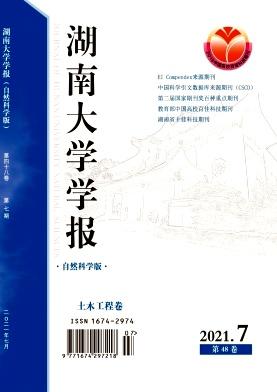Antiplasmodial and Antioxidant Activity of Garcinia Bancana Extract
引用次数: 0
Abstract
Malaria caused by Plasmodium parasites is a significant public health issue, particularly in tropical and subtropical regions. There is also resistance to chloroquine-based therapy, which highlights the need for novel therapeutic agents. Therefore, our project in exploring antiplasmodial agents from Garcinia Indonesia continues. This study evaluates the phytochemical content of G. bancana by the total phenolic content (TPC) and total flavonoid content (TFC) and its in vitro antioxidant and antiplasmodial activities. The TPC and TFC values were determined using a UV-VIS spectrophotometer, while the antioxidant activity was determined using the DPPH, ABTS, and FRAP assays. Antiplasmodial activity against a chloroquine-sensitive strain 3D7 was evaluated using the Giemsa staining method. The highest TPC value of 195.75 ± 1.24 mg GAE/g was obtained from methanolic extract, while a TFC value of 82.79 ± 0.34 mg QE/g extract was found from dichloromethane extract. The methanolic extract exhibited the most potent antioxidant activity in the DPPH and FRAP assays with IC50 values of 6.07 ± 0.06 μg/ml and 74.35 ± 3.77 μM Fe2+/g, respectively. The n-hexane extract was found to be the most potent on ABTS antioxidant and antiplasmodial assays with IC50 values of 1.22 ± 0.02 μg/ml and 0.23 ± 0.01 μg/ml, respectively. Furthermore, the DPPH antioxidant was negatively correlated with antiplasmodial significantly at 0.05. These findings suggest that the n-hexane extract of G. bancana has great potential as a source of antioxidant and antiplasmodial compounds. To the best of our knowledge, this study provides microscopic evidence in addition to the strongest antiplasmodial efficacy of Garcinia extract.藤黄提取物的抗疟原虫及抗氧化活性研究
由疟原虫引起的疟疾是一个重大的公共卫生问题,特别是在热带和亚热带地区。基于氯喹的治疗也存在耐药性,这突出了对新型治疗药物的需求。因此,我们从印尼藤黄中探索抗疟原虫药物的项目仍在继续。本研究采用总酚含量(TPC)和总黄酮含量(TFC)评价七叶菜的植物化学成分及其体外抗氧化和抗疟原虫活性。用紫外-可见分光光度计测定TPC和TFC值,用DPPH、ABTS和FRAP测定抗氧化活性。采用吉姆萨染色法测定其对氯喹敏感菌株3D7的抗疟原虫活性。甲醇提取物的TPC值最高,为195.75±1.24 mg GAE/g,二氯甲烷提取物的TFC值最高,为82.79±0.34 mg QE/g。在DPPH和FRAP实验中,甲醇提取物的抗氧化活性最强,IC50值分别为6.07±0.06 μg/ml和74.35±3.77 μM Fe2+/g。正己烷提取物对ABTS抗氧化和抗疟原虫作用最强,IC50值分别为1.22±0.02 μg/ml和0.23±0.01 μg/ml。DPPH抗氧化剂与抗疟原虫活性呈显著负相关(0.05)。这些研究结果表明,banbanana正己烷提取物作为抗氧化和抗疟原虫化合物的来源具有很大的潜力。据我们所知,这项研究提供了显微证据除了最强的抗疟原虫功效藤黄提取物。
本文章由计算机程序翻译,如有差异,请以英文原文为准。
求助全文
约1分钟内获得全文
求助全文

 求助内容:
求助内容: 应助结果提醒方式:
应助结果提醒方式:


